Have you ever found yourself having to make changes to a Merchant CE after the stipulated deadline? If so, then you are aware of the potential risks and challenges this can present.
If not, it is essential to be aware of them, as any mistakes or delays in this process can result in significant complications and costs. This article explores the impacts of amending a Merchant CE after the deadline and why it is crucial to ensure these changes are made correctly and within the designated timeframe.
What is CE Mercante rectification?
Rectification is a crucial procedure when it comes to Merchant Electronic Bill of Lading (CE). This process refers to the request for modification, deletion or disassociation of a CE. In addition, it involves the inclusion, modification or deletion of items from the CE after the deadline stipulated for these operations has expired.
The legal deadline for making modifications to the Merchant CE varies according to the type:
- Shipowner's CE Master: The change must be made up to 48 hours before the ship's docking at the first Brazilian port.
- Submaster and house CEs: The change must occur up to 48 hours before the ship's docking at the destination port.
Once the designated period has passed, any adjustments to the Merchant CE cannot be made conventionally. Instead, the rectification process must be followed. This is a delicate procedure and is subject to rigorous analysis by the tax authorities.
During the analysis phase, it is common for the Merchant CE to be blocked, preventing future operations until the process is completed. It is worth highlighting the importance of complying with the correct deadlines and procedures.
Failure to do so may result in significant penalties. A fine of R$5,000.00 may be applied to those responsible, and this amount may be claimed even after 5 years of the violation.
Therefore, it is essential that companies are always aware of the deadlines and rules established to avoid complications and penalties in the world of maritime trade.
Why is it essential to avoid a late correction of the Merchant CE?
The correction of the Merchant CE after the legal deadline is not just a simple bureaucratic adjustment, but also a potential source of problems and losses for those involved. Understand the main reasons to avoid this situation:
Possibility of fine
The Federal Revenue Service, when analyzing corrections after the deadline, may apply fines that fall on the company responsible for CE Mercante.
Analysis time
One of the most worrying factors is the time this procedure can take. Rectifications can last days, or even weeks, depending on variables such as the type of rectification, the shipowner's procedures and the origin of the cargo.
Additional fees
Rectification may generate costs in both the country of origin and destination. These are fees associated with the process of changing the Merchant CE, which go beyond those already existing in the standard import or export operation.
Complications with other clients
If, for example, any other client linked to the consolidated group has already registered a DI or DTA, the correction of the shipowner's master CE becomes more complex. The change is no longer automatic and requires a petition to be sent, which can take around 10 business days just to be analyzed by the tax authorities.
Additional storage costs
Until the rectification process is completed, the goods remain at the terminal, generating storage costs. These costs can quickly accumulate, causing significant losses.
Delay in availability of goods
The need for rectification delays the release of goods, which may compromise deadlines and commercial commitments, causing dissatisfaction and possible complaints on the part of the importer or customer.
Difference between automatic and petition rectification
Within the CE Mercante universe, corrections are presented in two distinct ways: automatic and via petition. Understanding this difference is crucial to knowing how to proceed in each case and what the implications of each method are. See below the main distinctions:
1. Automatic Rectification
The request for this type of correction is made directly on the Mercante website. After a period of analysis, the correction is automatically approved.
The time for this analysis is defined either by Coana (General Coordination of Customs Administration) at the national level, or by the local unit of the RFB (Brazilian Federal Revenue Service), with the local deadline prevailing.
This analysis usually takes place within 24 business hours, but is always subject to tax requirements. Coana is the entity responsible for establishing which fields of the Mercante CE are eligible for automatic correction.
During the correction process, Siscomex Carga automatically blocks the CE and, upon completion of the analysis, automatically unblocks it.
2. Rectification via Petition
This modality is not automatically approved by the Merchant. Instead, a petition must be submitted for analysis by the RFB inspection.
The reasons that require rectification via petition include: fields not suitable for automatic approval, as defined by Coana (for example, rectification of consignee between companies with different corporate names), cargo linked to incomplete transit, cargo associated with import clearance (DI/DSI), and cargo blocked due to the initiation of tax proceedings.
Most customs offices accept the petition via the E-CAC portal (Virtual Service Center of the Federal Revenue Service). However, in some places, such as Salvador, it is still required that the submission be made by email.
The deadline for tax analysis of petitions varies according to each customs office. On average, it takes 10 business days for an analysis or tax demand to be made. During the process, the inspector may need to request additional documents to validate the rectification.
Frequently asked questions about the CE Mercante rectification
The rectification of the Merchant CE is an essential process in maritime trade, but it can also generate doubts and uncertainties. Below, we address some of the most common questions related to this procedure:
Does every rectification need to involve the shipowner's CE master?
It is important to note that not all corrections require changes to the shipowner's master CE. There are fields in the CE house that can be adjusted independently.
For example, it is possible to correct information such as freight, freight components, currency, packaging, consignee, notify, exporter and inclusion of NCM that is already present in the shipowner's master CE without the need to modify the master CE.
Why do some types of rectification need to involve the shipowner?
There are certain types of rectification that necessarily involve the shipowner's master CE. Some examples include:
Weight: Any discrepancy in weight between the shipowner's master CE and the sum of the weights of the sub-CEs triggers a weight inconsistency warning in Mercante, automatically blocking the entire consolidation in Siscomex Carga. This prevents the registration and withdrawal of cargo.
NCM: If the desired NCM is not present in the shipowner's master CE, it is not possible to include it in the submaster/house CE.
Why do rectification rates vary from case to case?
The rectification fee varies depending on the type of rectification and whether or not it involves adjusting the master CE with the shipowner. If the rectification does not require modification of the master CE, the shipowner will not be charged a fee, making the cost lower.
However, when the rectification requires changing the master CE, fees will be charged, which may vary according to each shipowner's policy.
Is it mandatory to review the HBL?
According to IN 1473/2014, the request for correction made by the carrier in the system, which requires access via digital certificate, is equivalent to the presentation of a correction letter under customs legislation and produces the same legal effects.
Therefore, reissuing or exchanging the house BL is optional. However, some customs authorities may require the presentation of the revised BL or correction letter for petition analysis.
What documents does Allink request for rectification?
When carrying out a rectification with Allink, it is important to be aware of the necessary documents, which may include:
- A liability statement signed via digital certificate.
- Power of attorney or articles of association.
- Copy of correct and signed invoice and packing list.
- Declaration of the consignee or weighing ticket (if the rectification involves weight).
- Letters of consent (if the rectification involves a consignee).
- Rectification fee.
Conclusion
The world of maritime trade is full of nuances and details that, when overlooked, can result in significant and costly setbacks. Late Merchant CE rectification is one such trap that can catch professionals off guard, resulting in unexpected costs and operational delays.
As discussed throughout this article, understanding and respecting the deadlines and procedures associated with rectification is crucial to ensuring that your commercial operation runs smoothly.
To further deepen your knowledge and prevent future setbacks, we invite you to access our e-book "LCL Guide", where we detail everything about the LCL modality.
By arming yourself with the right knowledge, you will be better equipped to navigate the often turbulent waters of international trade, ensuring success and efficiency in your transactions. Don't put it off, and dive headfirst into this universe to ensure best practices and informed decisions in your maritime business.
Continue a navegar no blog da Allink
Mantenha-se informado sobre o comércio exterior
Assine nossa newsletter e receba atualizações semanais de forma gratuita sobre o mundo da logística.





